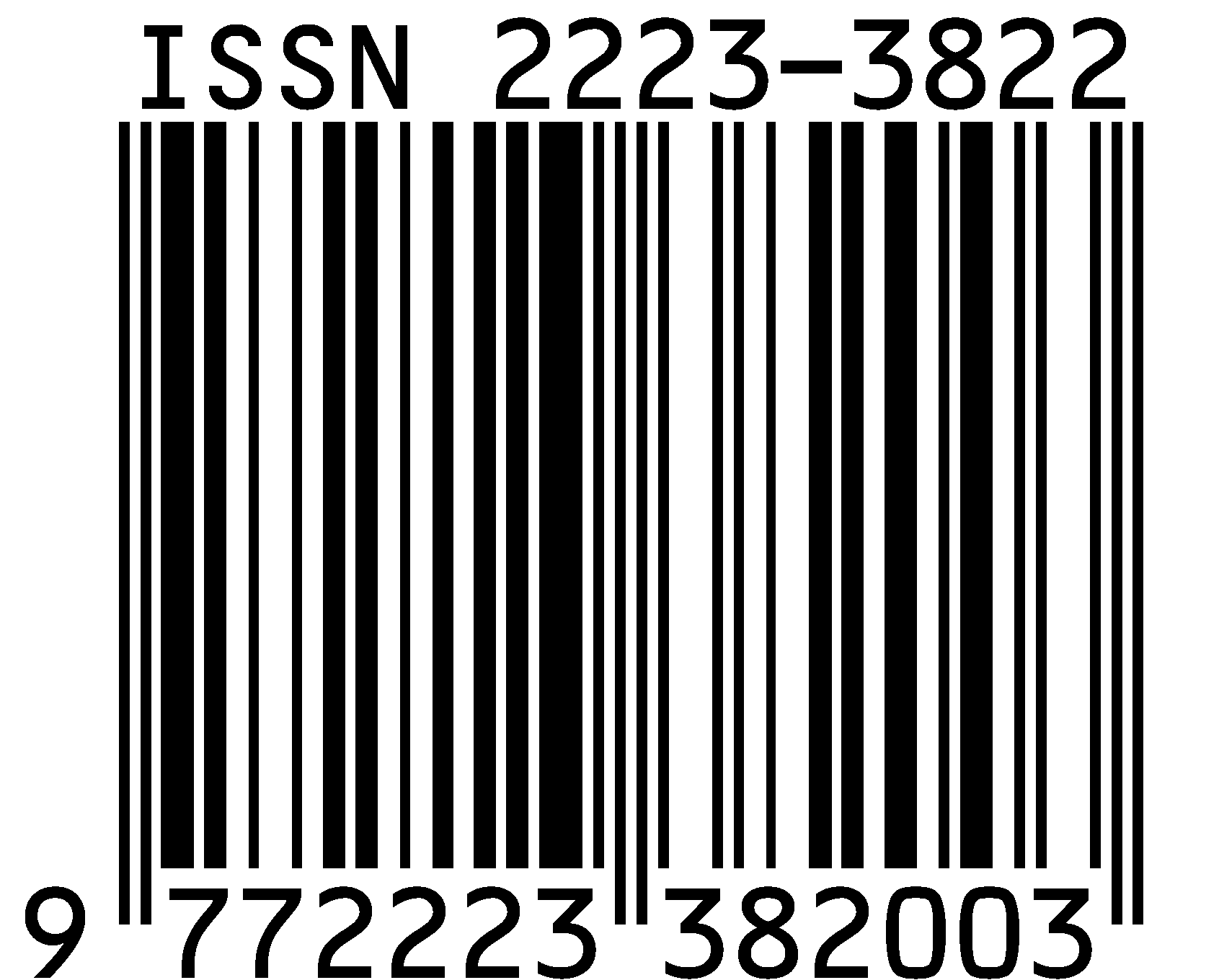The choice architecture and nudging in the behavioural economics
|
Title: |
The choice architecture and nudging in the behavioural economics |
|
Authors: |
Demkura, Taras |
|
Affiliation: |
Regional Development of the International Chamber of Commerce ICC of Ukraine 7, Y.Slipogo str., Ternopil, 46000, Ukraine |
|
Bibliographic description (International):
|
Demkura, T. & Markovych, I. (2022) The choice architecture and nudging in the behavioural economics. Socio-Economic Problems and the State (electronic journal), Vol. 27, no. 2, pp. 85-92. URL: http://sepd.tntu.edu.ua/images/stories/pdf/2022/22dtvvpe.pdf |
|
Issue: |
2(27) |
|
Issue Date: |
Dec-2022 |
|
Submitted date: |
Oct-2022 |
|
Date of entry: |
27-Dec-2022 |
|
Publisher: |
Ternopil Ivan Puluj National Technical University |
|
Country (code): |
UA |
|
Place of the edition/event: |
Ternopil |
|
ORCID Id: |
https://orcid.org/0000-0003-4585-722X |
|
DOI: UDC: |
https://doi.org/10.33108/sepd2022.nom2.085
330.88 |
|
JEL: |
B40 |
|
Keywords: |
behavioural economics |
|
Number of pages: |
8 |
|
Page range: |
85-92 |
|
Start page: |
85 |
|
End page: |
92 |
|
Abstract: |
It is substantiated in the article that behavioural economics makes it possible one to move away from the idealized perception of a person as a completely rational decision-making subject who possesses all the information about the object; is able to form a clear hierarchy of own priorities, which is determined by the balance between benefits and costs; stable in his preferences and not susceptible to emotional influences. For this, it is necessary to take into account cognitive biases, systematic errors of thinking and the possibilities of their avoidance, which is actually what behavioural economics works with. The concepts of “choice architecture”, “nudging” and “libertarian paternalism” are considered. In its most general terms, choice architecture is the design of the environment in which people make decisions. By changing the decision-making environment, you can change the decision itself. Nudging is one of the strategies of behavioural economics, aimed at the behavior of subjects exclusively by changing the environment and context, that is, pushing tools are able to emphasize economic incentives and gently guide a person to optimal decisions without depriving him/her of a choice. It is shown that the toolkit of nudging began to be actively used in state policy to strengthen the effectiveness of regulatory actions, however, it was not limited to it, but rather quickly spread to other areas – environmental protection, health, the insurance and pension system, entrepreneurship, etc. Examples of the practical application of choice architecture and nudging tools in the field of state regulation, ecological use of resources, and personal choice are given. The focus is on the fact that imposing restrictions on options for action or directly implementing regulatory instruments can achieve the desired results, however, such influence on behaviour change is prescriptive rather than liberating. Nudging tools are able to emphasize economic incentives and gently guide a person to more rational decisions. The main needs are identifies for the satisfaction of which prompting and creating of an architecture of choice are effective and appropriate, for example, stimulating self-control or increasing the level of awareness of the need to take action. |
|
Sponsorship: |
The authors received no direct funding for this research. |
|
URI: |
http://elartu.tntu.edu.ua/handle/lib/39629 |
| ISSN: | 2223-3822 |
|
Copyright owner: |
Socio-Economic Problems and the State |
|
URL for reference material: |
http://sepd.tntu.edu.ua/images/stories/pdf/2022/22dtvvpe.pdf |
|
References (International): |
1. Thaler R., Sunstein C. (2008) Nudge: Improving Decisions about Health, Wealth, and Happiness. USA: Penguin Books. 2. Thaler R., Sunstein C. Poshtovh. (2017) Yak dopomohty lyudyam zrobyty pravylnyy vybir [Nudge. How to help people make the right choice] / pereklad z angl. Olga Zaharchenko. K.: Nash Format. 312 р. 3. Choice architecture: how to help people make the right decision URL: https://hatrabbits.com/en/choice-architecture/ 4. Daniel Hausmann, Brynn Welch (2010). The Journal of Political Philosophy, 2010. Vol. 18. pp. 123-136. 5. Kim Ly, Dilip Soman. (2010) Nudging Around The World. Rotman School оf Management. University of Toronto. 25 p. 6. Ushakova N. G., Kulinich O. A., Pominova I. I. (2020) Instytutsionalizatsiya povedinkovogo reulyuvannya: zarubizhnyy dosvid [Institutionalization of behavioral regulation: foreign experience]. Biznes inform. No 9. pр. 37-43. 7. Sanstein K. (2017) Human Agency and Behavioral Economics. Palgrave Macmillan, pp. 105-110. 8. Sunstein C., Reisch L. (2014) Automatically green: Behavioral economics and environmental protection. Harvard Environmental Law Review, 38. pp. 127-158. 9. Pucher J., Buehler R. (2008) Making cycling irresistible: Lessons from the Netherlands, Denmark and Germany. Transport Reviews, 28. pp. 495-528.
|
|
Content type: |
Article |
| Appears in Collections: |
Scientific Journal "Socio-Economic Problems and the State", Vol.27, No.2 |
| < Prev | Next > |
|---|











